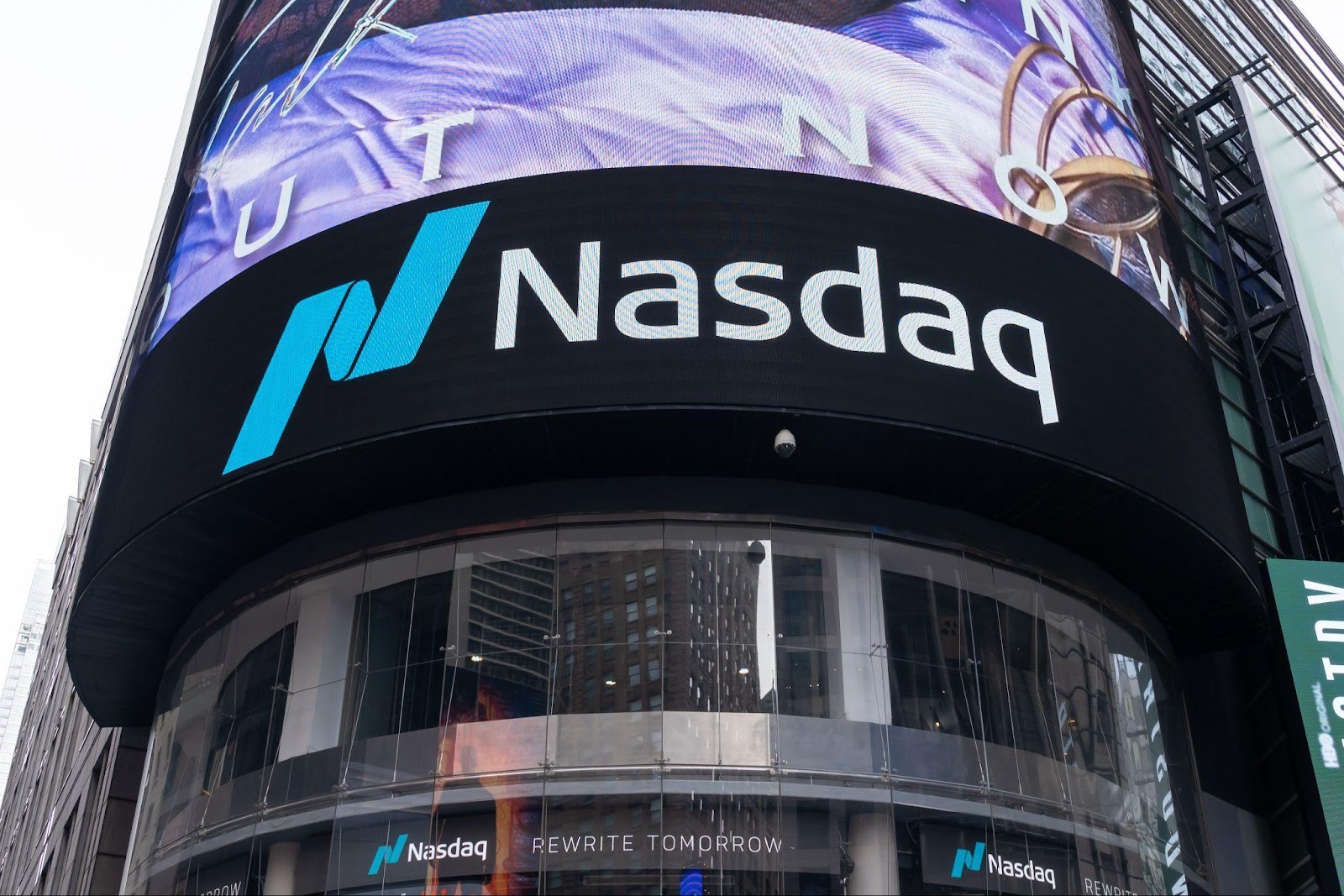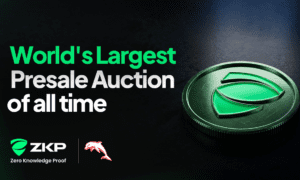Just 18 months ago, Wall Street’s IPO pipeline looked like a graveyard. High inflation, aggressive interest rate hikes by the Fed, and a persistently elevated VIX drove even seasoned late-stage startups to shelve plans. But by mid-June 2025, U.S. issuers have already raised $25 billion—three times the pace of 2023—and IPO activity has surged 55% year-over-year in Q1, according to Ernst & Young.
Kam Thindal, Managing Partner of Core Capital Partners, says the rebound is long overdue. “We’re not just seeing a window open—we’re seeing a total shift in market psychology. Investors are rewarding disciplined, cash-flow conscious growth, and founders are finally meeting the moment with the right fundamentals.”
From Stalemate to Stampede
Recent listings have reignited confidence. Circle soared 168% above its IPO price by emphasizing compliance in the evolving stablecoin space. eToro leveraged 3.6 million funded accounts and profitability to jump 29% on its debut. Hinge Health recovered from a 60% down-round valuation hit thanks to a 50% revenue bump and $0.22 EPS. Meanwhile, GPU-cloud powerhouse CoreWeave quadrupled from its $40 open, riding the wave of AI infrastructure demand. Chime Financial climbed 59% on the back of interchange growth and low default rates. And Voyager Technologies, a defense software firm, surged 82% after emphasizing its U.S.-government revenue stream.
Each of these six companies followed a common formula: sober valuations, strong revenue models, and clear governance—all qualities Thindal believes are prerequisites in the post-2022 IPO landscape. “Investors have moved on from FOMO-fueled growth. They want real numbers, real margins, and real accountability,” he notes.
Why the Market Reopened
Several factors are converging to boost listings:
- The VIX has dropped below 20, restoring risk appetite among long-only funds.
- Fed funds futures now signal a likely rate cut by September, improving growth stock valuations.
- Over $80 billion in venture capital was funneled into AI-adjacent startups in Q1, driving optimism across both private and public markets.
But it’s not just market mood—it’s execution. Each issuer above featured:
- Audited financials and transparent governance
- No dual-class share structures
- 30–40% of the book locked up with anchor investors pre-roadshow
This discipline gave syndicate desks flexibility to tighten pricing without jeopardizing aftermarket performance.
The New Playbook
Today’s IPOs are more engineered than ever:
- Shadow Filings: Issuers are filing confidentially six to nine months out to get ahead of SEC comments.
- Structured Allocations: Customized lock-up periods for employees, long-only anchors, and directed-share programs smooth aftermarket volatility.
Liquidity Reawakens
For late-stage venture funds, these IPOs unlocked $2 billion in realized gains—the first major liquidity event since the markdowns of 2022. As that capital flows into follow-on rounds, valuations are stabilizing and LP pressure is easing. The virtuous cycle has returned.
Core Capital CFO Aman Thindal explains: “The comeback of IPOs isn’t just a win for founders. It’s critical for limited partners who’ve been tied up in paper gains for years. Liquidity like this changes fund strategy—it accelerates exits, unlocks secondary opportunities, and refreshes the capital stack.”
Risks Still Loom
While the window is open, it’s not unbreakable. A geopolitical flare-up, a bad print from a flagship name like Databricks, or a sudden shift in stablecoin legislation could spook markets. Any one of these could freeze activity again.
Final Word
IPO cycles tend to move from trickle, to surge, to stampede. If volatility stays low and rate cuts arrive as expected, 2025 could mark the most expansive reopening of capital markets since the early 2000s. For firms like Core Capital, the focus now is not just riding the wave—but steering the next generation of listings to maturity.
For Kam Thindal and Aman Thindal, the message is clear: the bell is ringing—and smart capital is already sprinting to answer.
Photo courtesy of Adobe Stock





























